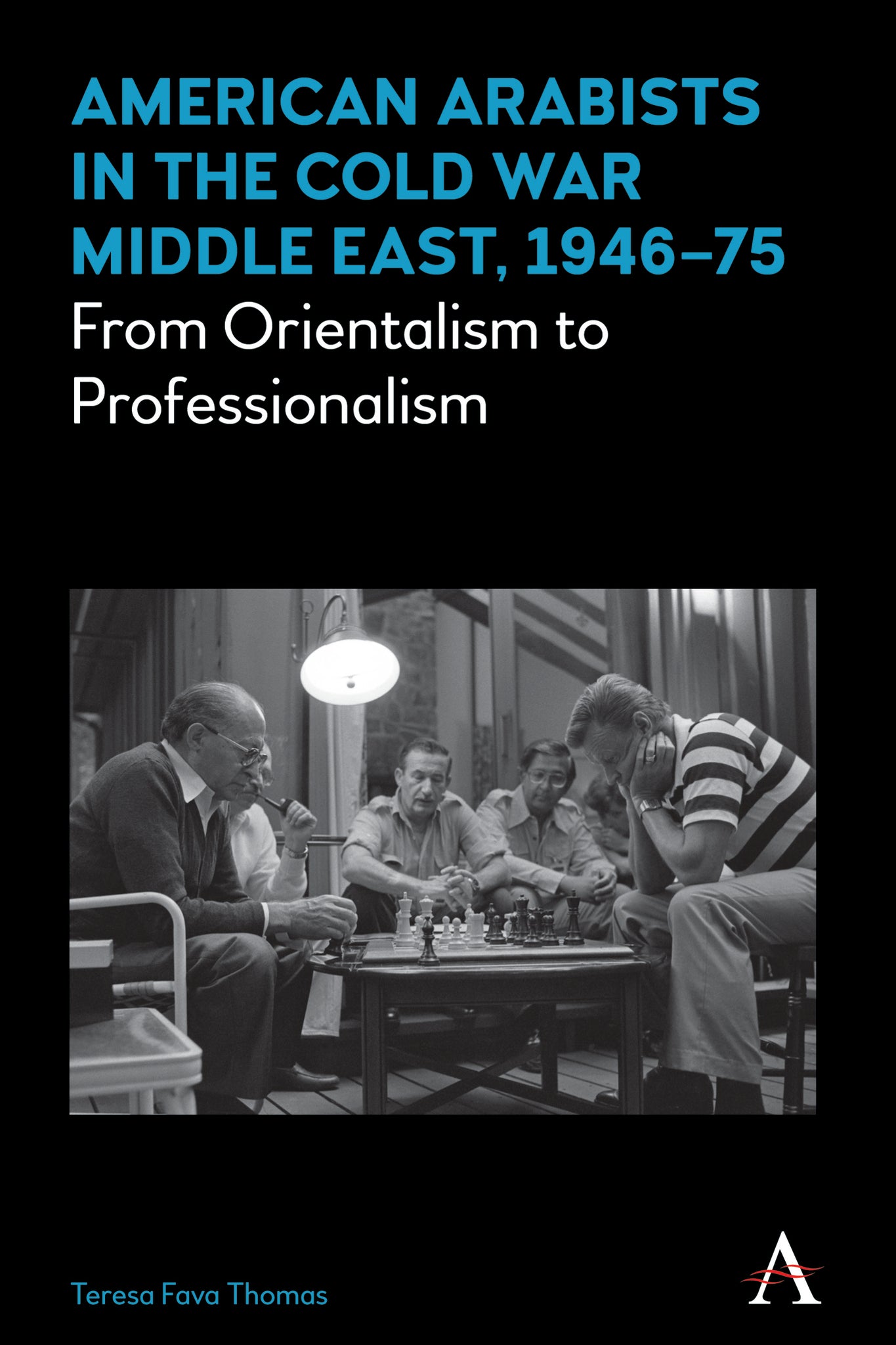We're sorry. An error has occurred
Please cancel or retry.
American Arabists in the Cold War Middle East, 1946–75

Some error occured while loading the Quick View. Please close the Quick View and try reloading the page.
Couldn't load pickup availability
- Format:
-
06 July 2016

This book examines the careers of 53 area experts in the US State Department’s Middle East bureau during the Cold War. Known as Arabists or Middle East hands, they were very different in background, education, and policy outlook from their predecessors, the Orientalists. A highly competitive selection process and rigorous training shaped them into a small corps of diplomatic professionals with top-notch linguistic and political reporting skills. Case studies shed light on Washington’s perceptions of Israel and the Arab world, as well as how American leaders came to regard (and often disregard) the advice of their own expert advisors. This study focuses on their transformative role in Middle East diplomacy from the Eisenhower through the Ford administrations.

HISTORY / Middle East / General, Middle Eastern history, HISTORY / United States / 20th Century, POLITICAL SCIENCE / International Relations / Diplomacy

Introduction: America’s Middle East Area Experts; 1. The Orientalists Fade Away; 2. The Middle East Hands Emerge, or, Don't Worry Mother, Your Son Is in the ASTP; 3. Landfall: Language Training at Beirut, 1946; 4. Filling the Cold War Linguist Gap: The Middle East Area Program in Beirut; 5. “The Departure of Kings, Old Men, and Christians”: The Eisenhower Years; 6. Quiet Diplomacy In Action: The Kennedy and Johnson Years; 7. Kissinger’s Arabesque: The Nixon And Ford Years; Epilogue: Beirut Axioms: Lessons Learned by the Middle East Hands; Appendix: Brief Biographies; Bibliography; Index



